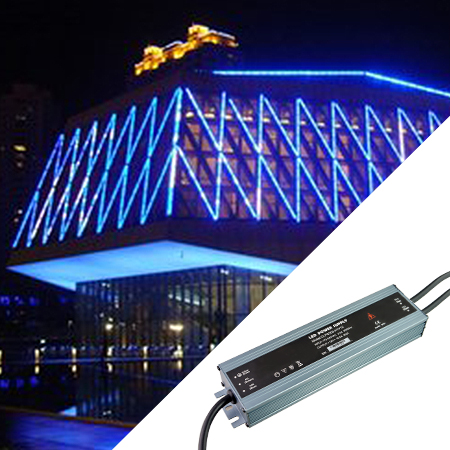We know LED lighting can help light our home. But could LEDs help grow fruits and vegetables by consuming less energy and producing enough light for crops to photosynthesize?
The urgent need for more advanced farming conditions
Scientists believe that the demand for food will increase dramatically within 50 years. Due to the growth of the global population, the adoption of more advanced farming methods is a matter of dire necessity. The traditional lighting systems used to grow these crops are fluorescent, sodium, or metal halide lamps, which are not suitable methods for producing these foods because they consume a lot of energy and are often expensive to purchase
What plants need to grow
Plants need soil and water and sunlight to grow and store energy (a photosynthesis process). Recent scientific studies have shown that planets use only a tiny portion of the electromagnetic spectrum for photosynthesis (mainly red and blue light). Farmers can now use LED technology to “replicate” these light wavelengths. This allows farmers to choose to grow fruits and vegetables in areas that are not ordinarily suitable (such as indoors) rather than rely on sunny regions.
Synchronize with the plant’s growth cycle
By using a computerized LED system, farmers can synchronize light output with the plant’s growth cycle, meaning they can maximize the growth of the earth in a small area. This allows farmers to grow crops in vertical buildings, reducing the area needed for agriculture, which means that food production can be brought closer to consumers, thus reducing costs and pollution caused by transportation.
Produce more food with less energy
Thus, use new LED red and blue light instead of traditional plant grow light. Farmers will produce more food while consuming fewer resources. Another benefit is that LEDs are less prone to failure and lower overall operating costs. Still, LEDs are also better at creating the wavelengths of light needed for plant photosynthesis.


Leave A Comment